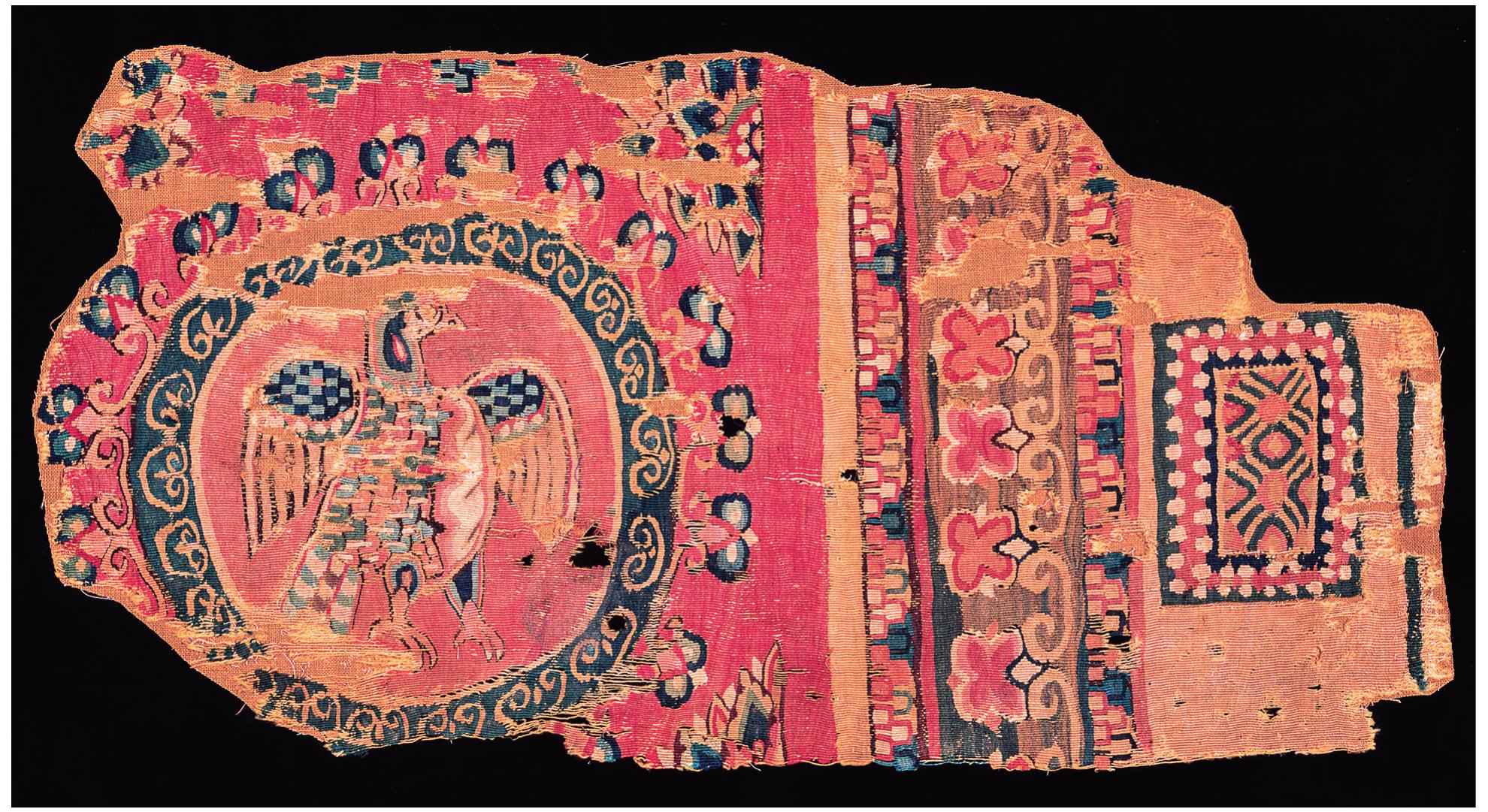Figure 9 – uploaded by Elizabeth Dospel Williams

Figure 9 scientific analyses of the threads, including the identification of the species of animal produc- ing the wool and the chemical makeup of the dyes used, will certainly help in identifying subsets of De Jonghe et al., R. Pfister Collection, inv. 6983 (ill. LXIVa-b), 6988 (ill. LX Va-c), 74.40 (ill. LX VII), 74.43 (ill. LX VID), and 744s (ill. LXIX); numerous examples in Berlin analyzed and reproduced in K. Brisch, ed., Islamische Kunst: Loseblattkatalog unpublizierter Werke aus deutschen Museen, vol. 2, Metall, Stein, Stuck, Holz, Elfenbein, Stoffe (Mainz, 1984), 243-54; and the three pieces at the Musée de Cluny, inv. Cl. 22474 (Lorquin, Tissus coptes, 256-58), inv. Cl. 22043 (ibid., 238-59), and inv. Cl. 21603 (ibid., 331-33).
Related Figures (19)



















Connect with 287M+ leading minds in your field
Discover breakthrough research and expand your academic network
Join for free